Mr Albanese is announcing a new protectionism with the government driving a ‘new competition’ approach centred on a Net Zero energy policy. It is to combine ‘market tools, with government action’ with the economy no longer ‘being left to market forces or trusted to the invisible hand’. This is billed as a step change but it is more like a continuation of regulatory and direct subsidy measures accumulated in a 20-year government-propelled ‘transition’ of the economy from coal to wind and solar.
Starting small with John Howard’s ‘Mandatory Renewable Energy Target’, by 2016 subsidies to wind and solar had risen to $4.9 billion a year and grew to $6.9 billion a year by 2018. Currently, the subsidies stand at $15.6 billion a year.
Though constantly sold as foreshadowing a low-price energy future, the upshot of government subsidies for renewables has been a threefold increase in the ex-generator price of electricity. (Policies preventing new gas production have brought about a similar price rise.) While renewable energy subsidies may bring short-term electricity price reductions, they drive lower-cost, but unsubsidised, coal generators out of the market, after which prices rise. The most recent measures will increase the ex-generator price of electricity and also massively increase network costs, which account for two-thirds of the total cost, in order to accommodate the variable and less dense electricity sourced from wind and solar.
One body that is unsatisfied with Australia’s existing $15.6 billion a year in renewable energy subsidies is the Investor Group on Climate Change, which claims to represent $5 trillion in assets in Australia. The Group would welcome the Prime Minister’s announcement as it wants a new infusion of subsidies, without which, it says, there will be a capital flight of renewable funds out of Australia.
Australia’s mounting level of subsidies to renewables mirrors the policy shift in other developed economies. Increasing regulatory support provided to renewable energy has, however, not prevented a reduction in the value of these fundamentally uncompetitive energy sources.
Since July 2008, the S&P 500 has grown from $100 to $401. In contrast, $100 in the clean energy index has shrunk to just $39. BlackRock’s Clean Energy Stock index surged in the Covid years, but it has more than halved from its peak in January 2022.
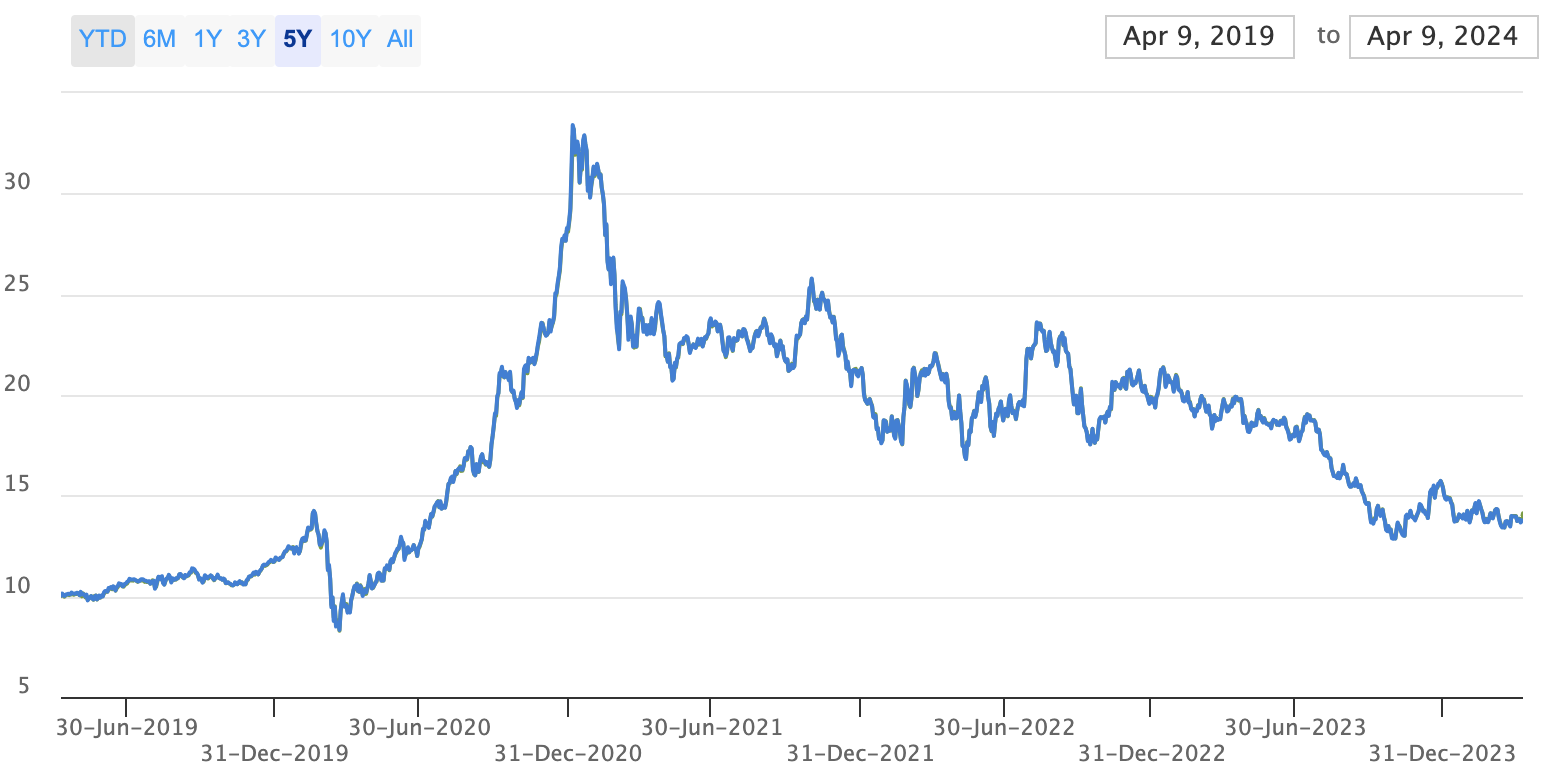
There is no historical Exchange Traded Fund for coal but one, comprising ten stocks, has recently been assembled. The chart below shows the average price for eight of these (two of the 10 are excluded, one, BHP, because coal is not its major business; and another, which is Polish and hard to monitor).
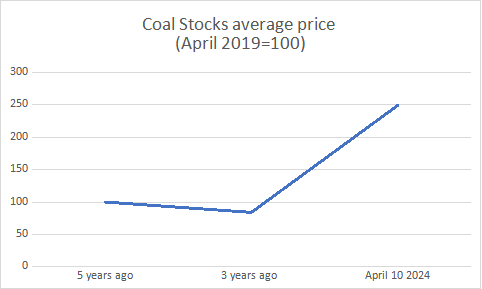
The S&P Global Oil Index has also risen. It now stands 50 per cent above its level 5 years ago and 15 per cent above its level three years ago.
S&P Global Oil Index ($US)
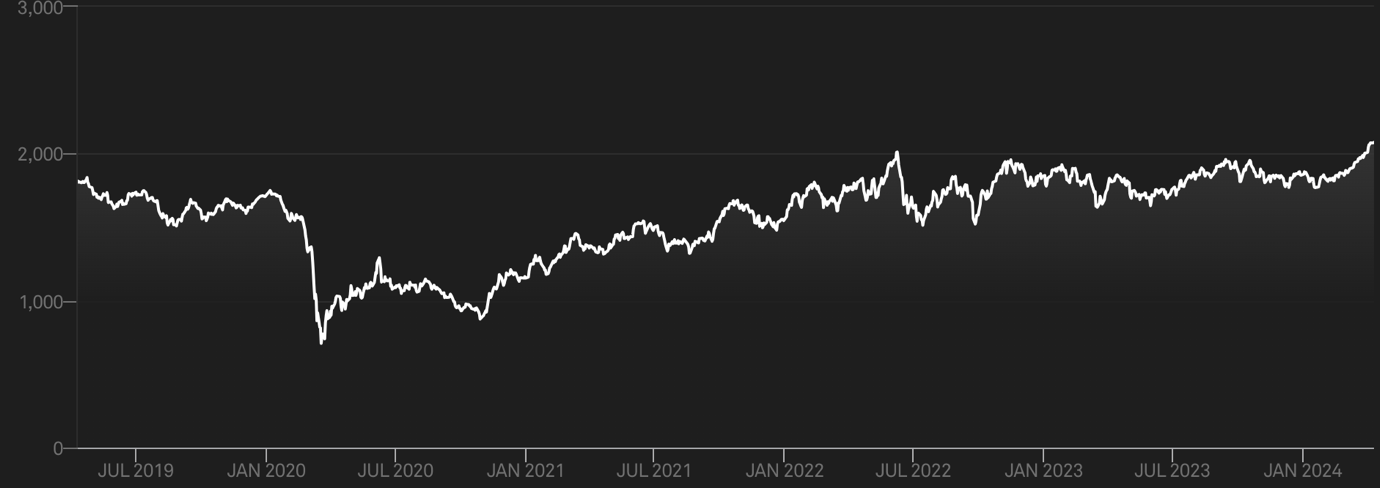
This contrasting performance of the ‘clean energy’ stocks and fossil fuel stocks is not apparent in some investment funds’ performances. In Canstar’s review of Australian superannuation funds’ performance, of the 44 funds listed that have over five years of data, half follow Environmental, Social, and Governance (ESG) principles; nowadays ESG means excluding, or at least avoiding, investing in firms that are in the fossil fuels business. The other half have no such exclusions. Yet there is remarkably little difference over the past five years in the average performance of ESG and other funds – on my analysis, those claiming to follow ESG investment criteria averaged a return of 6.2 per cent a year while those not claiming to follow such policies were, at 7.3 per cent, not substantially better performers.
It is possible that some funds are not in practice following the principles they espouse, while others are not correctly valuing the assets they control.
For the short term, the new Albanese policies will give a boost to those firms promoting unicorn energy but it will amplify the policy choices that have created great waste. Examples of this are the new electricity networks that renewable energy requires, ‘green’ hydrogen plants, Snowy 2, and other storage facilities as well as the envisaged local solar panel manufacturing. Such waste will be exacerbated by the costs of desperately trying to prop up the energy-intensive industries, like aluminium and nickel smelting that were once the backbone of the economy but which have been relegated to the sick list by government energy policies that have made them unprofitable.
Got something to add? Join the discussion and comment below.
Get 10 issues for just $10
Subscribe to The Spectator Australia today for the next 10 magazine issues, plus full online access, for just $10.


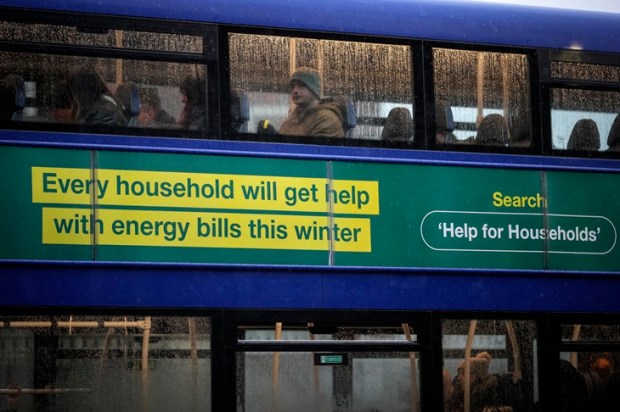

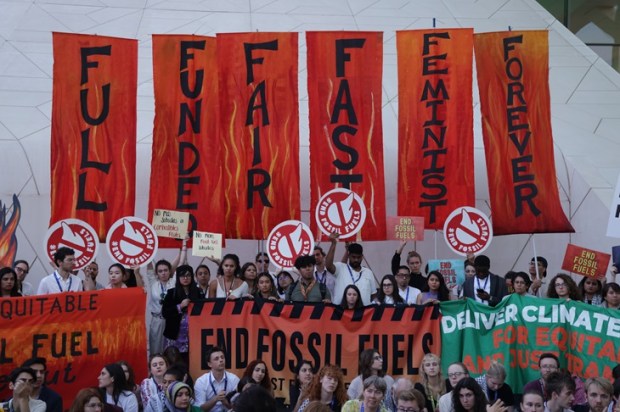
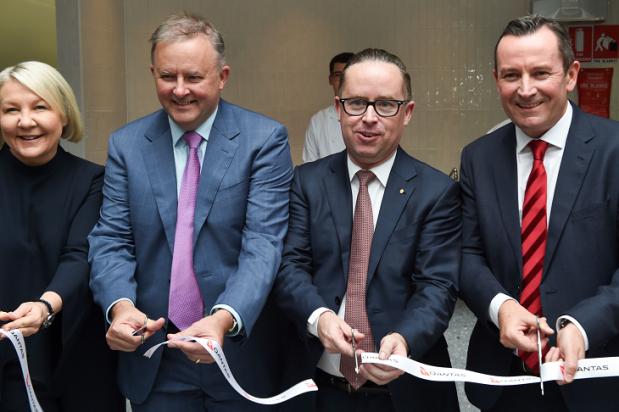
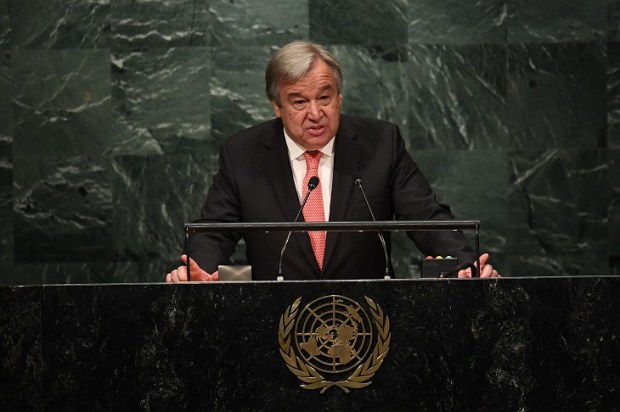








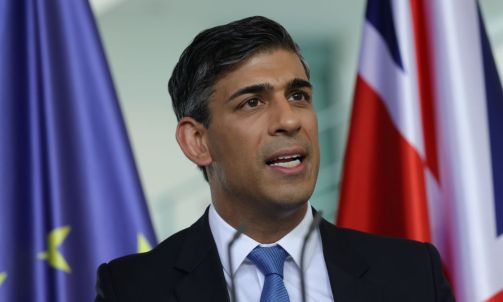



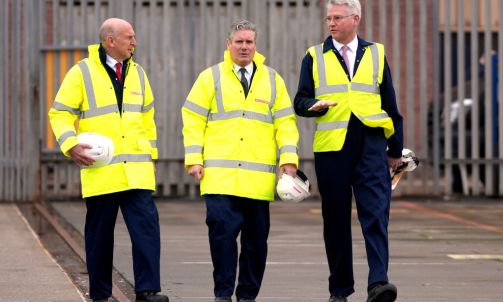






Comments
Don't miss out
Join the conversation with other Spectator Australia readers. Subscribe to leave a comment.
SUBSCRIBEAlready a subscriber? Log in